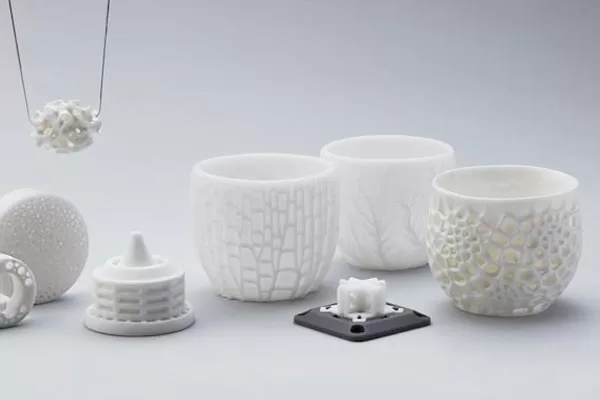The use of 3D printing is on the rise for a lot of reasons. It can produce tools, toys, and even aircraft parts in a flash without needing for tooling. And it is often referred to as the production method of the future because it can manufacture three-dimensional shapes faster. Instead of waiting for the long process of additive manufacturing, everybody can produce the objects they need, provided there are raw materials and 3D models.

Ceramic 3D printing resin
Please read this article to learn more about 3D printing and its advantages.
Speed
What makes 3D printing interesting is its fast turnaround time. It takes less time to produce a single part or prototype. Rapid prototyping is necessary because it enables a manufacturer to design, manufacture, and test a product in the shortest timeline possible. With 3D printing, the product designers can easily modify the design without affecting the speed of the manufacturing process.
With 3D printing, rapid prototyping has taken the concept into a new level. Manufacturers can accept minimum orders and allow customization with ease or for DIYers to share their unique designs and ideas right from their workshop or home.
Cost
Because 3D printing is faster in making a prototype, it can manufacture small runs at a lower price. It only needs a machine or two to create a part out of the given material. Since the parts are made from the ground up layer by layer, it has less wastage. Another significant cost savings in 3D printing is the lack of tooling that would add up to the product cost.
Quality
In terms of quality, one of the limitations of 3D printing is in the finished part. With the product made in successive layers, there is a weakness that is inherent to it. However, because technology is evolving, there are innovative ways to work around the problem. Printing with a laser-based system in extremely high resolutions is one way to solve the issue.
Consistency
What 3D printing can offer when it comes to flexibility is a bit completed. Since the parts are printed in succession, every print is being monitored, and errors will be found in real-time. It leads to a reduced number of mistakes and waste materials. For the parts to be consistent in 3D printing, the machines are always calibrated, and printing is done in a controlled environment.
Flexibility
3D printing offers the opportunity to create anything as long as it fits the build volume. The design here is added into the slicer software and printed in the machine. It can create complex or impossible geometries that other manufacturing processes cannot do. This manufacturing process can also create pieces from a wide range of materials.
Accessibility
The 3D printing systems are easier to access, and it is used by a wide range of individuals more than other manufacturing processes. Because 3D printing is automated, it does not need many individuals to run, supervise, and maintain the equipment.
In summary, the main advantages of 3D printing that rapid prototyping can benefit from are its speed, low investment, and its flexibility. It is compatible with small production runs, personal hobby, and for prototyping.
